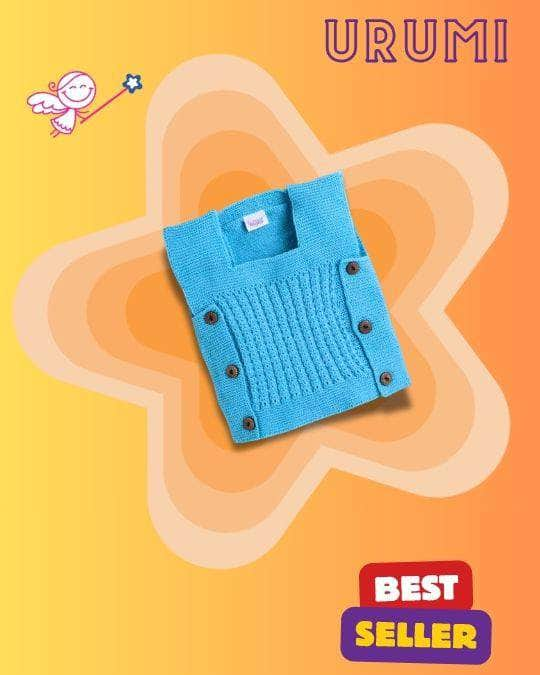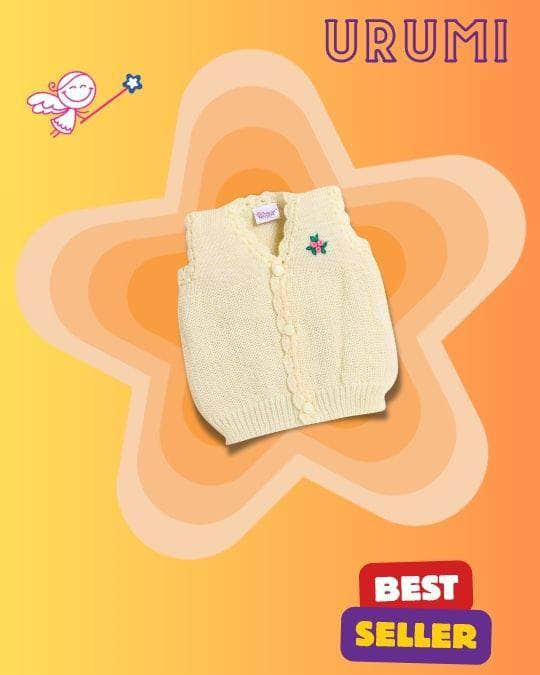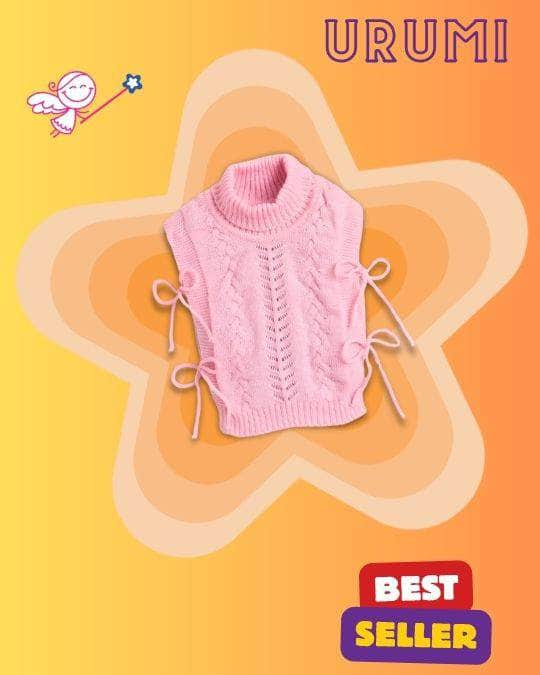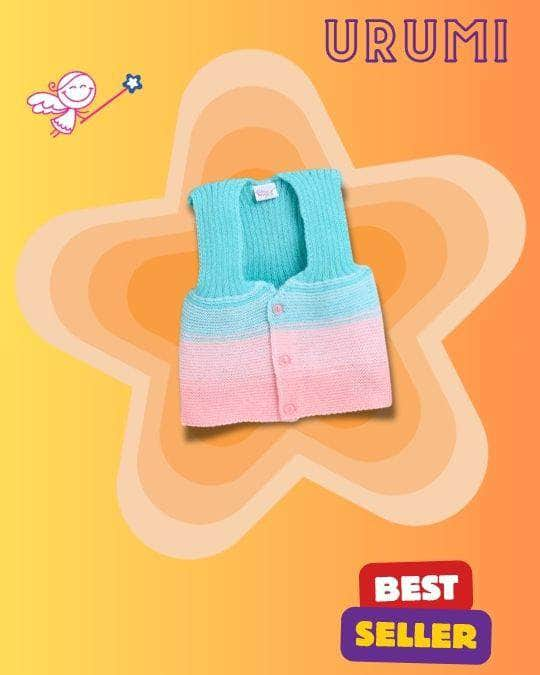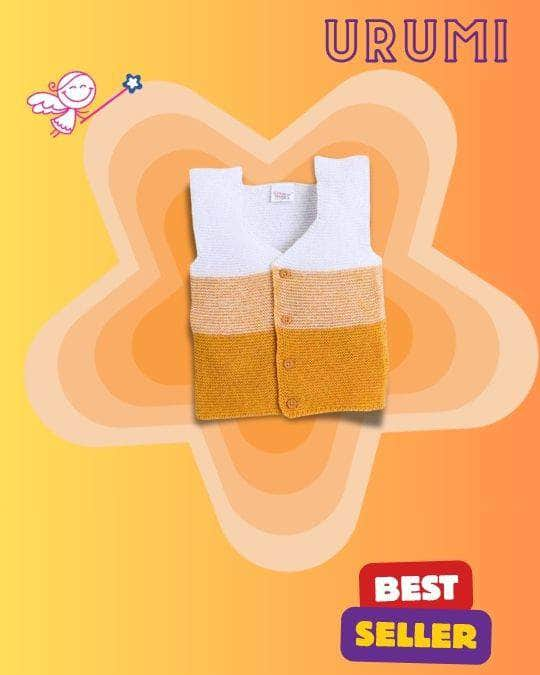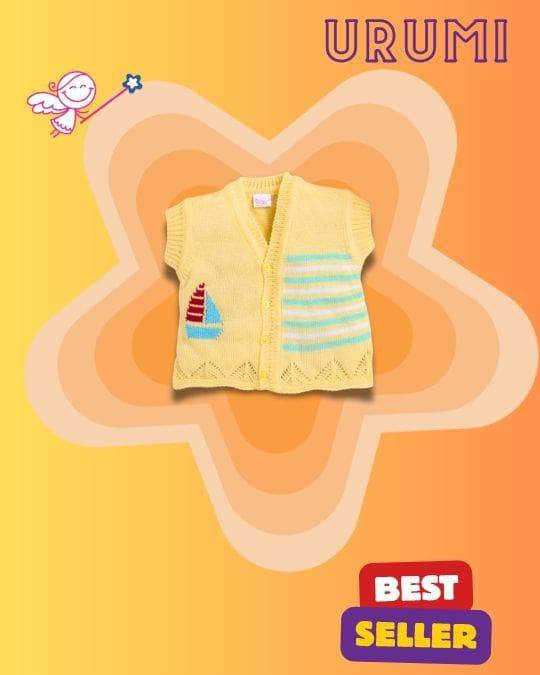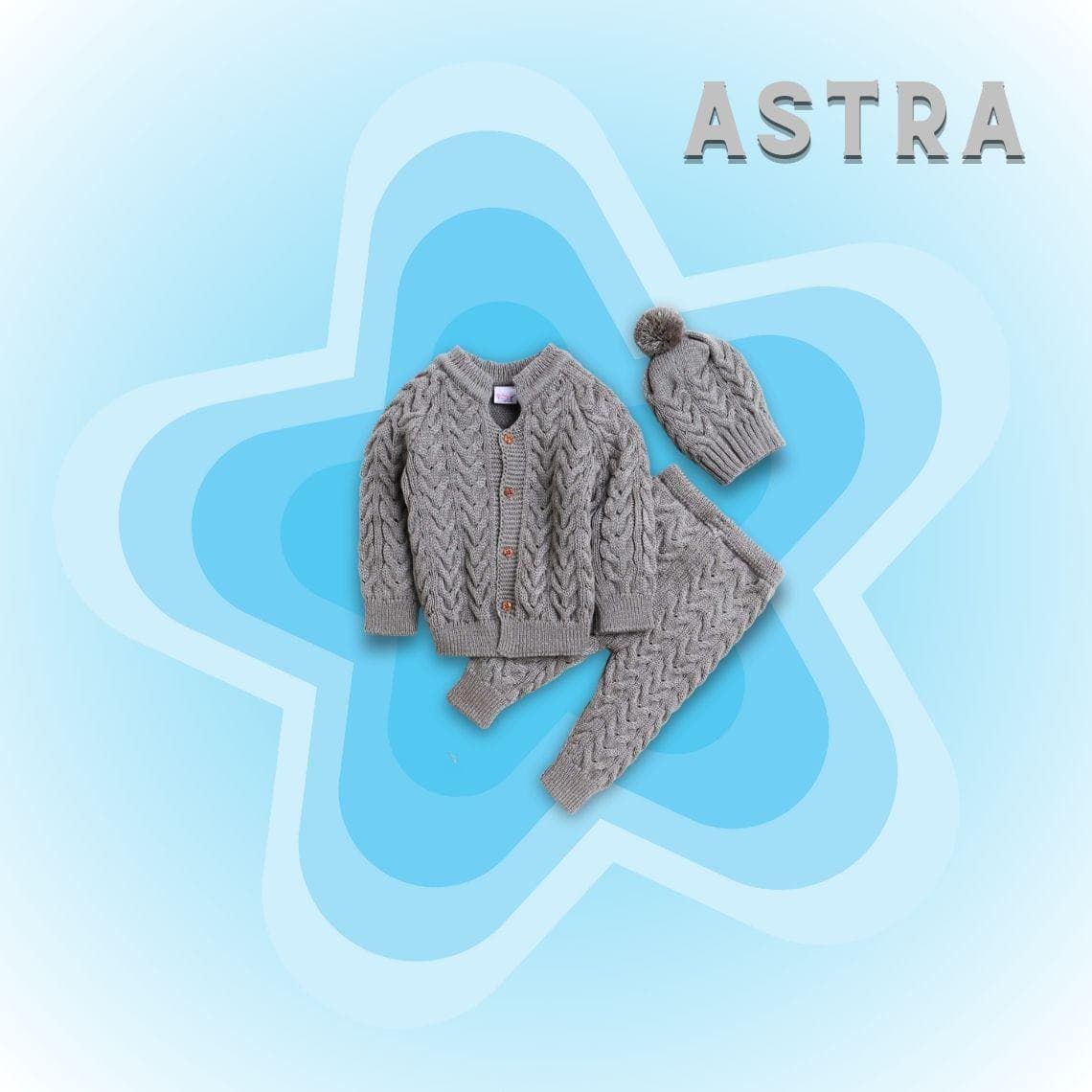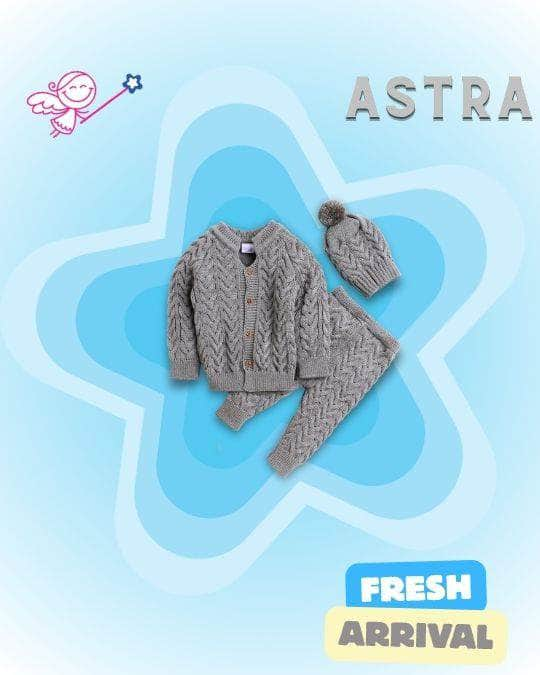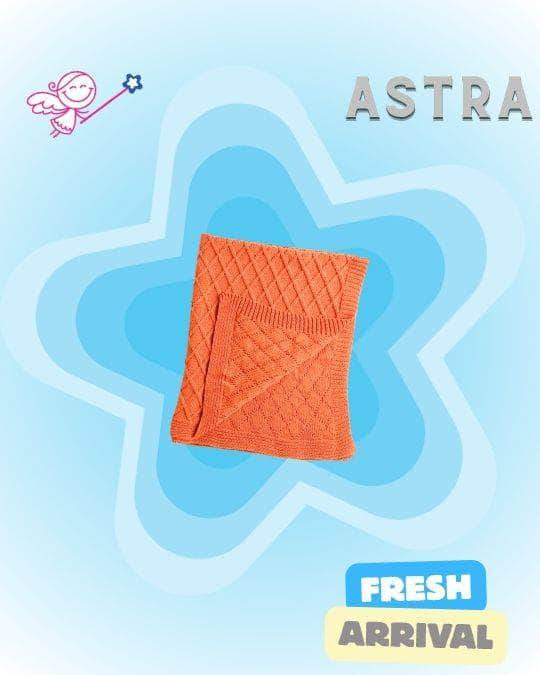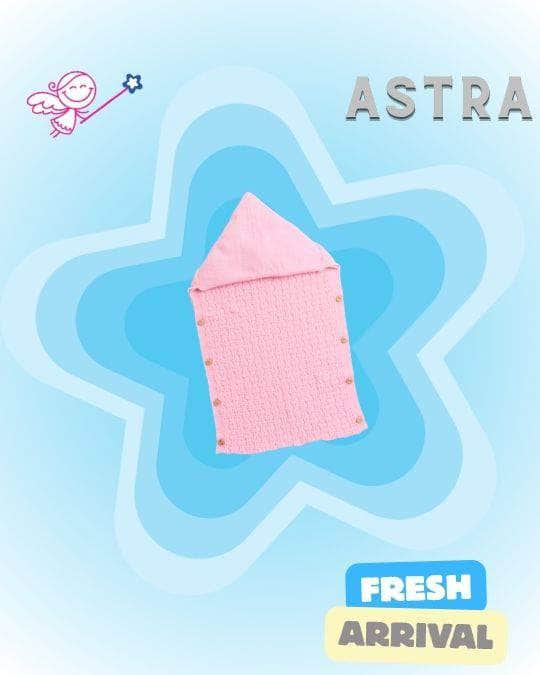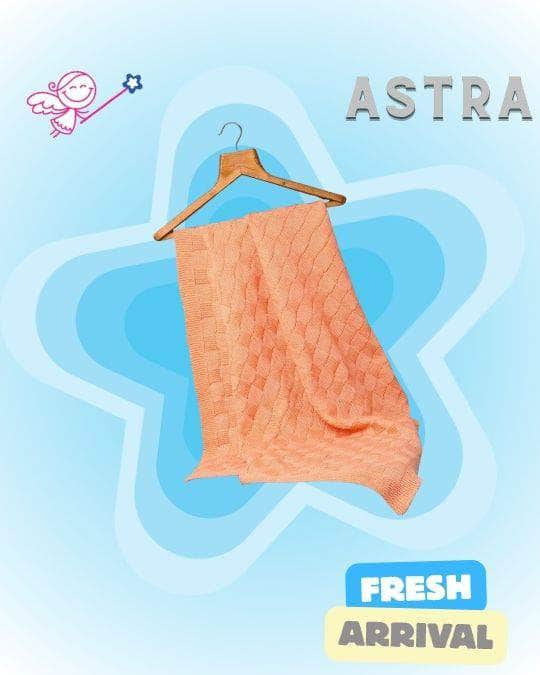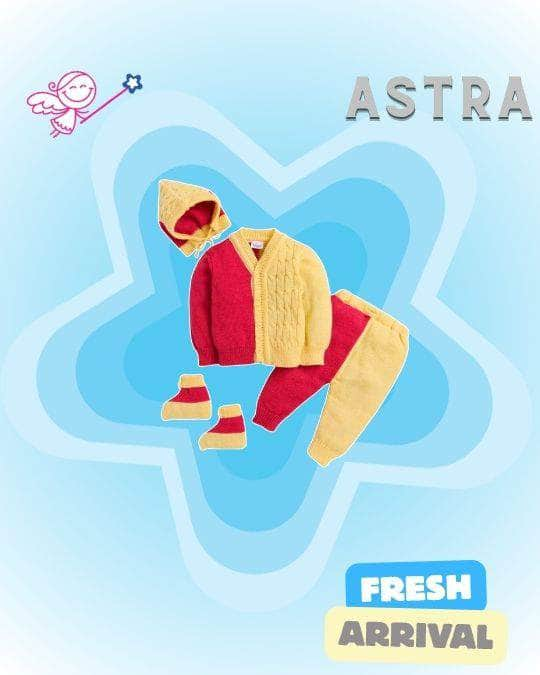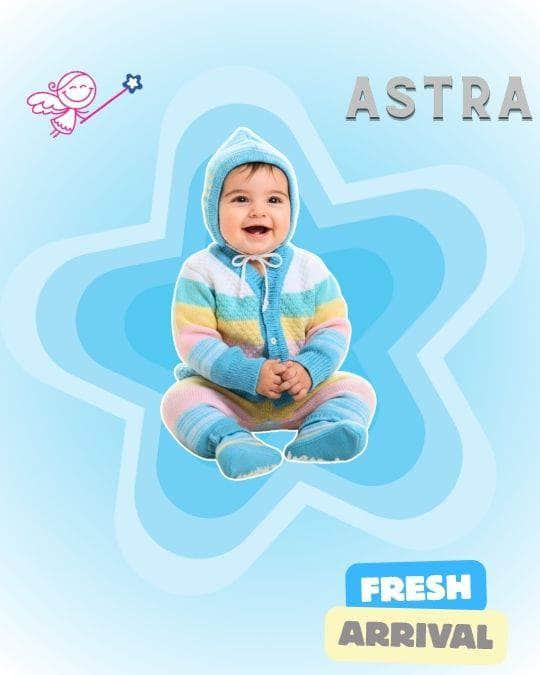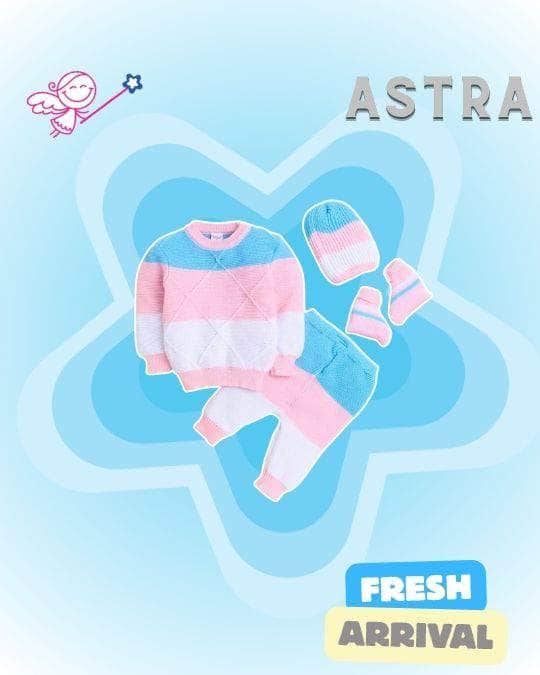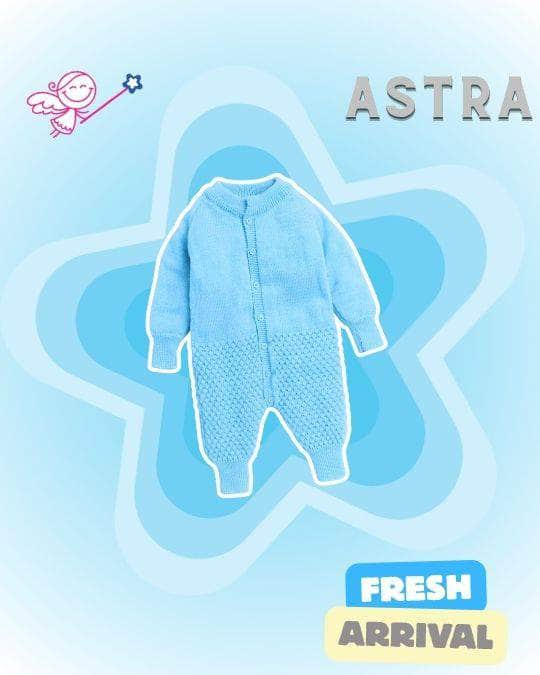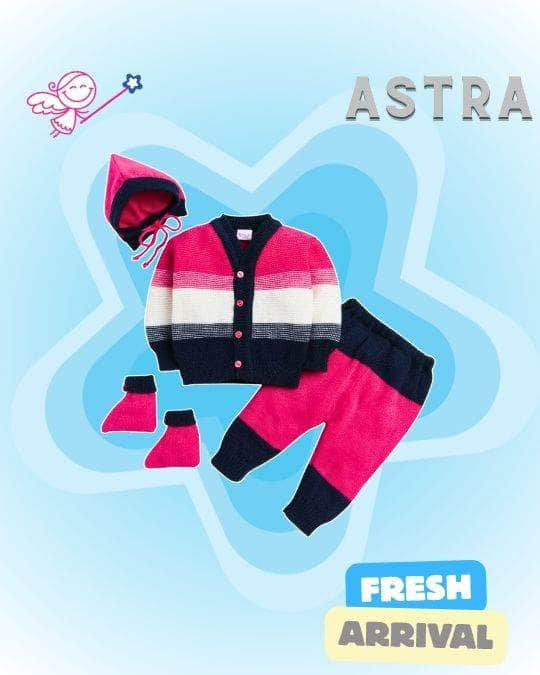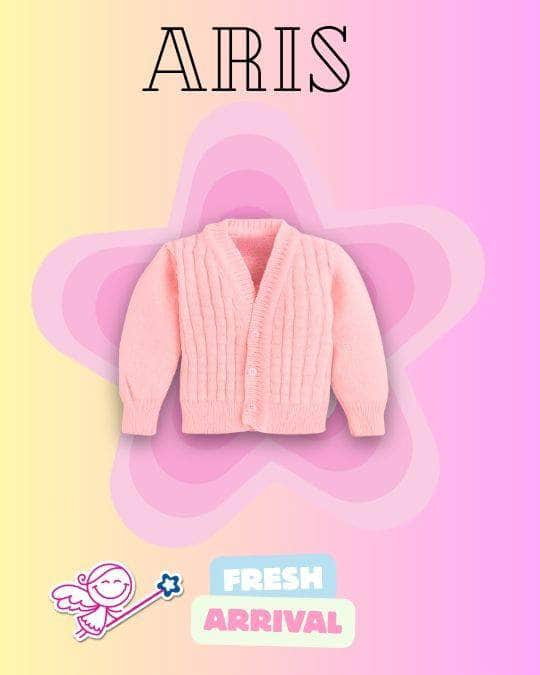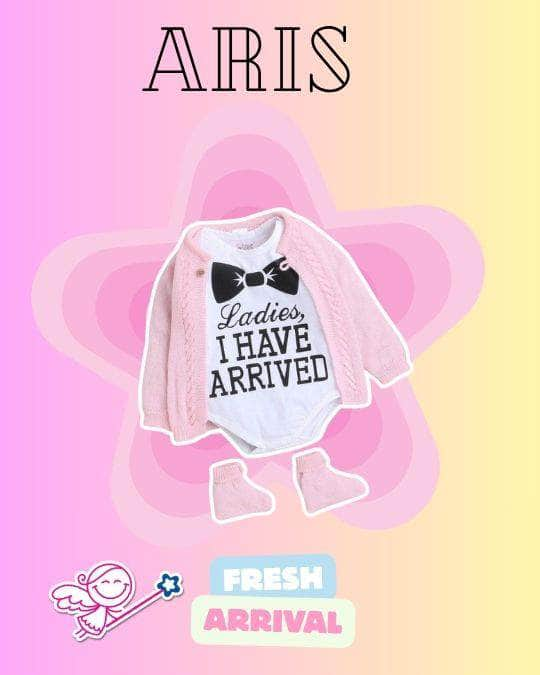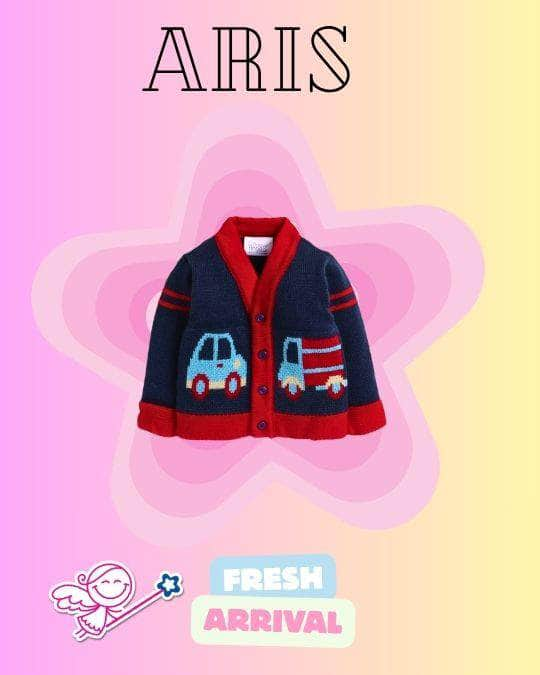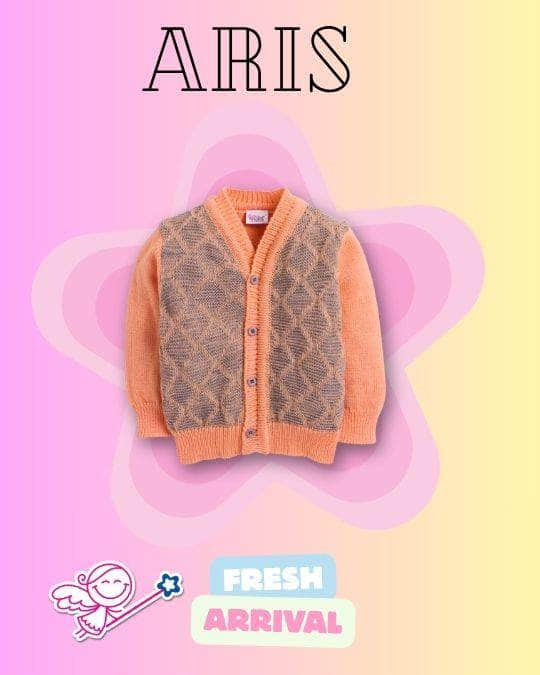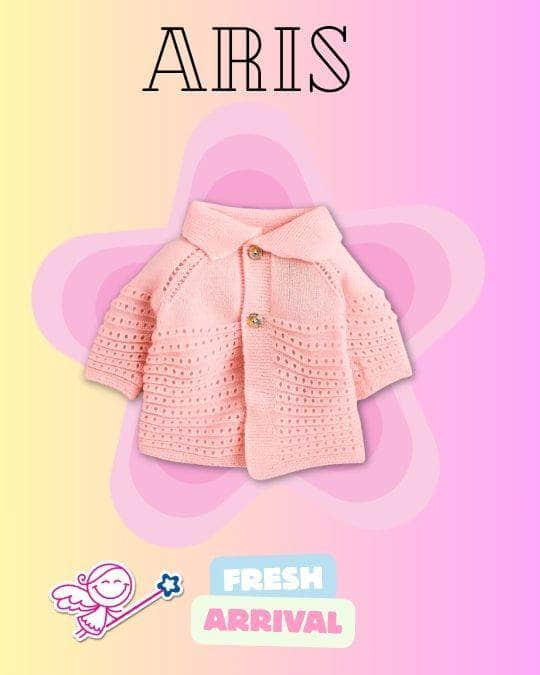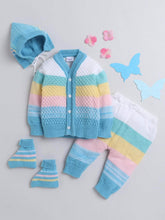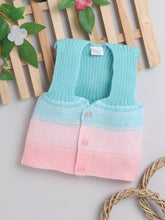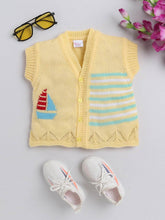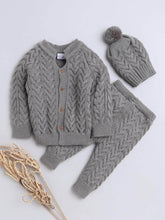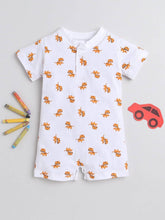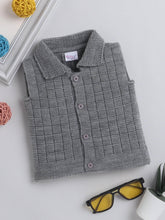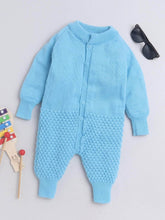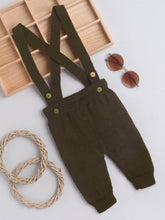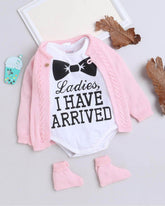As a parent, keeping your baby happy and comfortable is your top priority. But what if the very clothes, blankets, and diapers meant to protect them are causing discomfort? Many parents struggle with unexplained rashes on their baby’s delicate skin. While food allergies or heat are common culprits, the fabrics that come in direct contact with your baby’s skin can also trigger irritation. Let’s explore some unseen fabric problems that may be causing rashes in babies and how to avoid them.
1. Synthetic Fabrics Can Be Harsh on Baby Skin
Many baby clothes are made from synthetic fabrics like polyester and nylon. While these fabrics are durable and affordable, they lack breathability and trap heat and moisture against the skin. This can lead to excessive sweating, irritation, and even heat rashes. Babies have ultra-sensitive skin that needs soft and airy fabrics, making natural materials like cotton and bamboo a much better choice.
2. Harmful Chemical Residues in New Clothes
Most new baby clothes go through a manufacturing process that includes the use of chemicals like formaldehyde and dyes. These chemicals help keep fabrics wrinkle-free and colorful, but they can also be harsh on sensitive skin. Washing all new clothes before dressing your baby in them can help remove these harmful residues and reduce the chances of irritation.
3. Fabric Softeners and Detergents Can Trigger Allergies
Parents often use fabric softeners and heavily scented detergents to keep baby clothes fresh and soft. However, these products often contain harsh chemicals and artificial fragrances that can cause allergic reactions. If your baby develops a rash, try switching to mild, fragrance-free, and hypoallergenic detergents specifically designed for sensitive skin.
4. Rough and Irritating Fabric Tags and Seams
Many parents overlook the tiny tags and seams inside baby clothing. These can be rough and scratchy, constantly rubbing against the baby’s soft skin and leading to irritation or even redness. Opt for tagless clothing or gently remove tags before dressing your baby. Soft, seamless designs are always a good option.
5. Overdressing Can Lead to Heat Rashes
Parents often bundle up their babies, fearing they will catch a cold. However, overdressing can cause excessive sweating, leading to heat rashes and discomfort. Dress your baby in light, breathable layers and feel their chest or back to check their temperature rather than just their hands and feet.
How to Keep Your Baby Rash-Free
-
Choose organic cotton or bamboo clothing for breathability.
-
Wash all new clothes before use to remove chemical residues.
-
Use gentle, fragrance-free detergents.
-
Avoid fabric softeners and harsh dyes.
-
Opt for tagless and seamless clothing to prevent irritation.
-
Dress your baby in light layers and monitor for overheating.
Your baby’s skin is incredibly delicate, and the wrong fabric choices can cause unnecessary discomfort. By paying attention to the materials, chemicals, and clothing details, you can prevent rashes and keep your little one happy and comfortable. If rashes persist, consult a pediatrician to rule out other skin conditions.
A happy baby means happy parents—so let’s keep their skin safe and rash-free!


